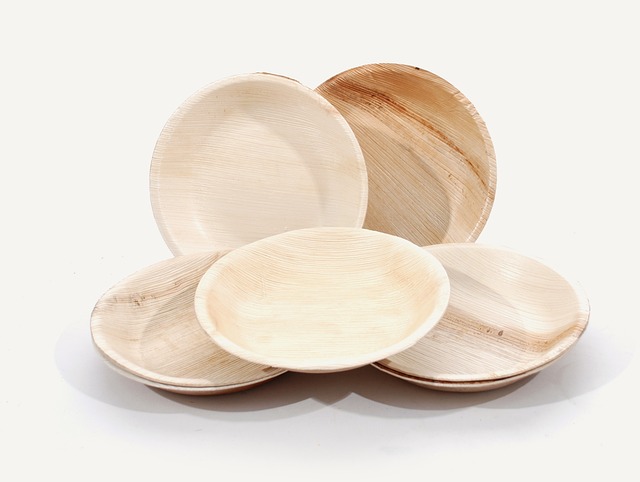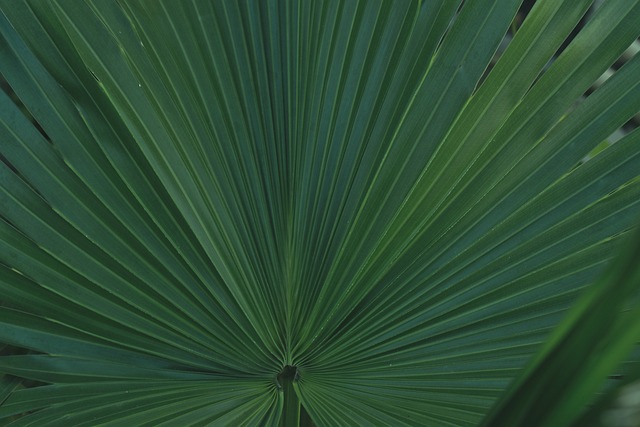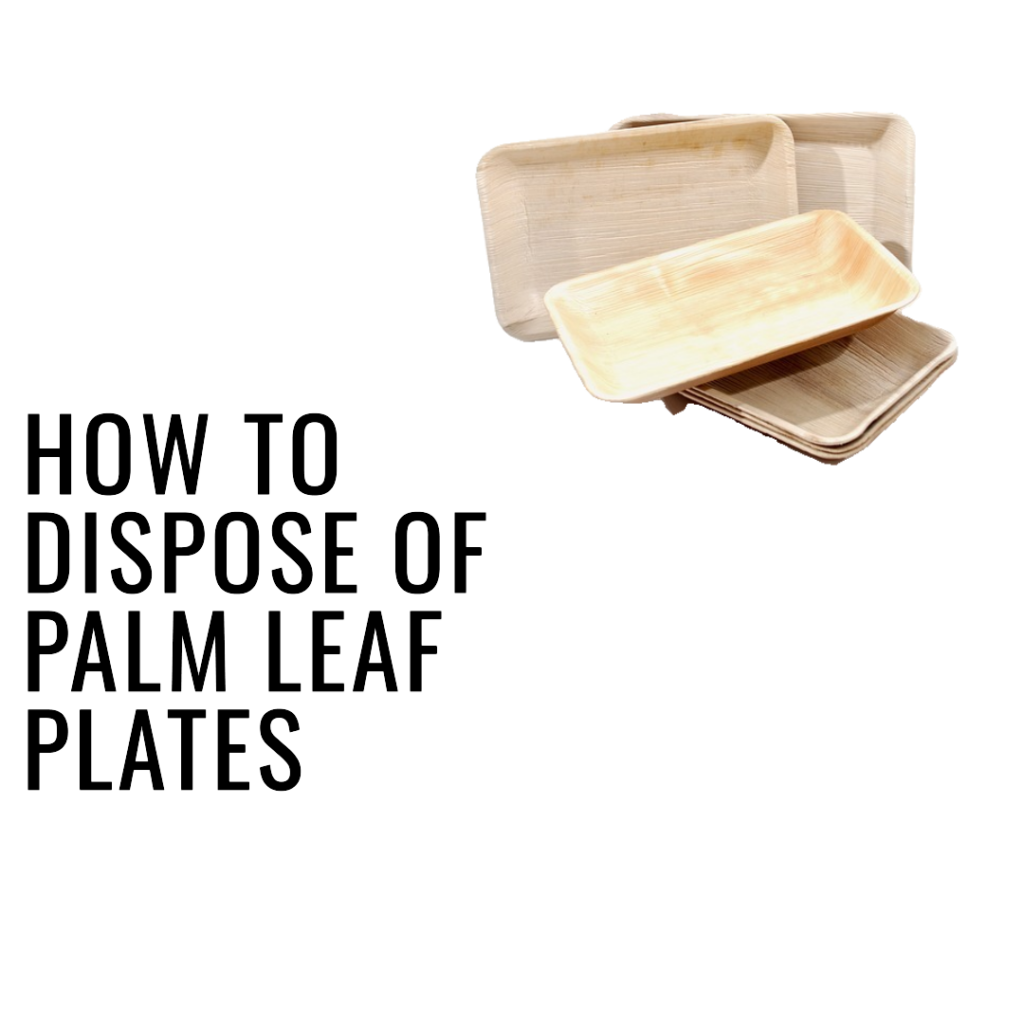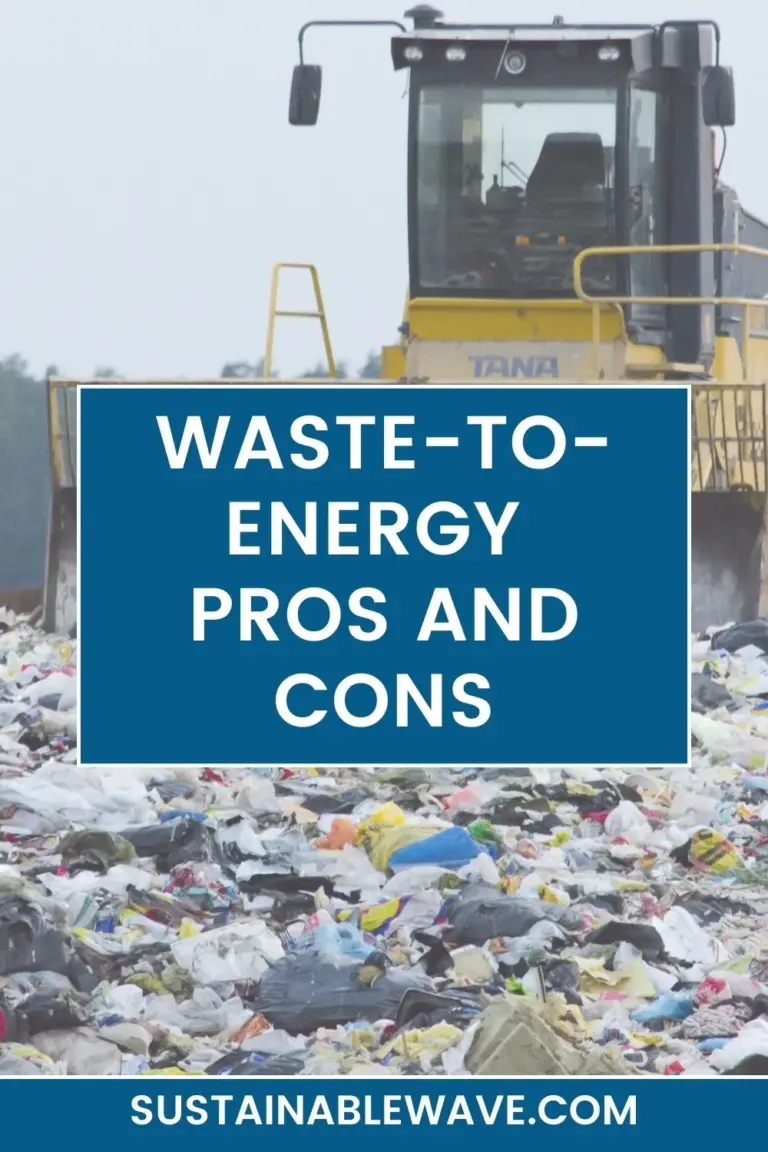The mounting concerns over global pollution have led to an eco-friendly revolution. Among these changes, we find the increasing popularity of palm leaf plates, an alternative to plastic disposables that are harmful to the environment. However, even though they are eco-friendly, we still need to be conscientious about their disposal.
To dispose of palm leaf plates, you can compost them at home, utilize an industrial composting facility, or place them in a green waste bin. As a last resort, they can be disposed of in landfills.
Let’s delve into how to dispose of palm leaf plates responsibly and make the most out of this sustainable option.
What are Palm Leaf Plates?

Palm leaf plates, as their name suggests, are disposable plates made from fallen palm leaves.
They are naturally biodegradable, which makes them a better choice compared to plastic alternatives that take hundreds of years to decompose.
Furthermore, no trees are harmed in their production, as only fallen leaves are used. These qualities make palm leaf plates a sustainable option for those conscious of their environmental footprint.
How are Palm Leaf Plates Made?
To appreciate the disposal process of palm leaf plates, it helps to understand how they are made. The process involves collecting fallen leaves, cleaning them, and then pressing them into different shapes using heat and pressure.
No chemicals or resins are used in the manufacturing process, meaning that palm leaf plates are 100% natural and compostable.
Understanding Biodegradability and Compostability
Before we delve into how to dispose of palm leaf plates, let’s familiarize ourselves with the terms biodegradability and compostability. These terms often confuse but are vital when it comes to eco-friendly disposables.
Biodegradable refers to any material that can be broken down by microorganisms over time. However, it does not specify the time it will take for this process to occur, nor does it imply that the process is eco-friendly.
On the other hand, compostable materials are a subset of biodegradable materials. They can be broken down into natural elements within a compost environment, leaving no toxic residue and often providing nutrients to the soil.
Palm leaf plates are both biodegradable and compostable, making them a truly eco-friendly option.
Why Opt for Palm Leaf Plates Over Plastic Ones?
Palm leaf plates have several advantages over traditional plastic plates.
They are sustainable, biodegradable, and compostable. Unlike plastic plates, they don’t contribute to landfills and don’t leach harmful chemicals into the environment.
Additionally, they are sturdy and can handle a variety of food types, making them a great choice for any event or gathering.
How To Dispose of Palm Leaf Plates?
Now, we’ve reached the crux of our topic. How exactly do you dispose of palm leaf plates?
The process is straightforward and largely depends on the facilities you have at your disposal.
1. Composting at Home
Composting palm leaf plates at home is the most eco-friendly method. If you have a compost pile or bin, you can add your used palm leaf plates to it. They will decompose and turn into nutrient-rich compost that can be used in your garden. Be aware that this process may take a few months.
2. Industrial Composting
If you have access to industrial composting facilities, you can dispose of your palm leaf plates there. These facilities have the right conditions to speed up the composting process.
3. Green Waste Bin
If composting at home or an industrial composting facility is not an option, your green waste bin is the next best choice. Make sure to check your local regulations regarding the disposal of compostable items in the green waste bin.
4. Landfills
As a last resort, palm leaf plates can be disposed of in landfills. However, the lack of oxygen in landfills can slow down the decomposition process.
Areca Leaf Plates Recycling

Areca leaf plates, like palm leaf plates, are eco-friendly disposables made from the fallen leaves of the areca nut tree. The recycling process for areca leaf plates, however, is not as straightforward as traditional recycling.
Due to their natural composition, they can’t be recycled in the same way as plastic or paper. Instead, areca leaf plates are designed to be composted. They can be added to your home compost pile or bin where, over time, they will decompose and turn into nutrient-rich compost.
Alternatively, they can be sent to industrial composting facilities where the process is expedited. While not recyclable in the traditional sense, the compostability of areca leaf plates ensures they leave a minimal environmental footprint.
Disadvantages of Areca Leaf Plates
While areca leaf plates offer numerous environmental benefits, they come with certain drawbacks as well.
Firstly, they can be more expensive than plastic disposables, which may deter some consumers.
Secondly, their availability may be limited depending on geographical location, making them less accessible for some people.
Additionally, while they are generally sturdy, they may not hold up as well to very heavy or liquid-based foods compared to plastic or ceramic plates.
Lastly, while they are compostable, the infrastructure for composting may not be readily available everywhere, leading some to dispose of them incorrectly.
Despite these drawbacks, the environmental benefits of areca leaf plates can often outweigh these potential downsides.
Bamboo or Palm Leaf Plates – How They Differ?
When comparing bamboo and palm leaf plates, there are several key differences to consider.
Bamboo plates, made from the bamboo plant, are typically sturdier than palm leaf plates, making them better suited for heavier food items. They are also often lighter in color, which some people prefer aesthetically.
On the other hand, palm leaf plates, crafted from fallen palm leaves, have a more distinct, rustic look that adds a unique touch to table settings. They are also generally less expensive than bamboo plates.
Both types are eco-friendly, biodegradable, and compostable, but the choice between the two will often come down to personal preference, budget, and the specific needs of your event or occasion.
Alternatives to Palm Leaf Plates
While palm leaf plates are a fantastic eco-friendly option, there are several other sustainable alternatives to consider.
Each has its unique properties, making them suitable for different uses. Let’s explore some of these alternatives:
- Bamboo Plates: Made from bamboo, a highly renewable resource, these plates are biodegradable and compostable. They are strong and can withstand hot foods, but can be a bit pricier than other options.
- Wheat Straw Plates: Produced from the leftover stalks after wheat grains are harvested, these plates are sturdy and compostable. They are microwave-safe, but their lighter color may stain with certain foods.
- Sugarcane Bagasse Plates: Manufactured from sugarcane waste after juice extraction, these plates are biodegradable, compostable, and microwave-safe. They are lightweight and have a soft, smooth finish, but their bright white color might not be as aesthetically pleasing to some.
- Cornstarch Plates: Derived from corn grain, these plates are biodegradable and suitable for hot and cold foods. However, they might warp under very high temperatures.
Choosing the right alternative largely depends on your specific needs, aesthetic preferences, and budget. All these options, including palm leaf plates, offer a sustainable solution to reduce plastic waste and promote a greener planet.
Best Palm Leaf Plates
Finding the best Palm leaf plates can be tricky, as you don’t want something that will decompose while you haven’t even finished your meal!
The Chic Leaf Palm Leaf Plates (affiliate link) set stands out as an exceptional choice in the realm of eco-friendly tableware. These are made from premium Areca palm leaves, handcrafted by artisans into sturdy, attractive plates.
The heavy-duty design ensures they won’t break or sag, making them as robust as bamboo and wooden plates, without any chemical treatment involved. Designed for versatility, they’re perfect for a range of occasions from parties, and weddings to BBQs and tiki-themed events.
They can be used as appetizer or dessert plates and are also microwave-safe, and they offer excellent value for money. Being biodegradable and compostable, these plates offer a zero-carbon footprint solution, reinforcing the commitment to environmental sustainability.
Given their quality, design, and eco-friendliness, it’s no surprise that many users are making them their favorite disposable plates.

FAQ’s
Can palm leaf plates be recycled? No, palm leaf plates cannot be recycled. They are designed to be composted and will biodegrade over time.
How long do palm leaf plates take to compost? The composting time for palm leaf plates can vary. At home, it may take several months. Industrial composting facilities can achieve it in a few weeks.
Are palm leaf plates safe to use? Palm leaf plates are safe to use. They are made from natural materials with no added chemicals or resins.
Can palm leaf plates be microwaved? Yes, most palm leaf plates can withstand microwaving and oven use up to certain temperatures. However, it’s always best to check the manufacturer’s recommendations.
Do palm leaf plates attract bugs or pests? No, palm leaf plates do not attract bugs or pests. They are thoroughly cleaned and heat-pressed during manufacturing, removing any elements that could attract pests.
Are palm leaf plates expensive? Palm leaf plates can be slightly more expensive than plastic disposables, but their environmental benefits make them worth the extra cost.
Conclusion

Learning how to dispose of palm leaf plates responsibly is an essential part of adopting an eco-friendly lifestyle.
Palm leaf plates are an excellent alternative to plastic disposables, and with a bit of effort, they can be disposed of in a way that enriches the environment instead of harming it.
Make the switch today and contribute to a more sustainable world. Remember, every small step counts.
I’m Thomas, the owner of SustainableWave. Passionately promoting a sustainable planet. With experience in various eco-roles, I’ll share green tips, sustainability hacks, and personal eco-journeys on my blog.






